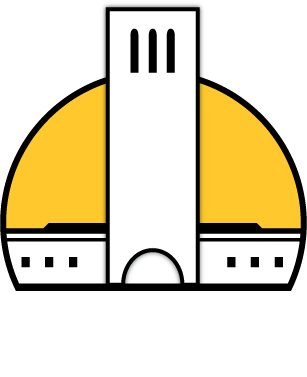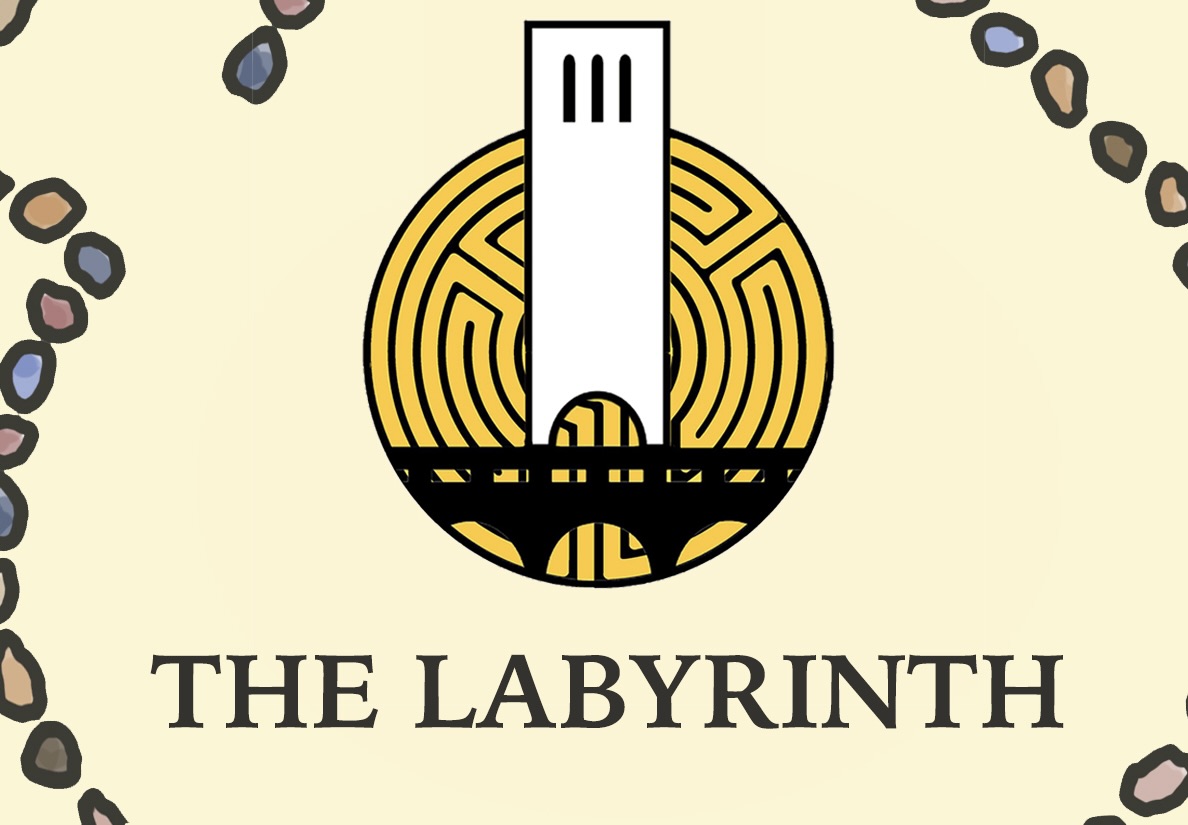Most fifth graders are not allowed to play with dry ice, liquid nitrogen and methane, but under a UCSB-affiliated outreach program, it is all part of hands-on learning.
The Santa Barbara Museum of Natural History, along with UCSB faculty members and students, is reaching out to fifth graders from local school districts through various science-affiliated workshops held on campus. Los Marineros, an outreach program funded by the Museum, provides local elementary students with an opportunity to participate in yearlong activities such as marine programs, whale watching and guest lectures to expose younger students to the University system in hopes that they become first-generation college students. Fifth graders involved in the program came to campus Tuesday and interacted with professors and students while learning about science.
At one workshop, chemistry professor Petra Van Koppen conducted several chemistry labs in the Physical Sciences Building yesterday using chemicals such as dry ice and liquid nitrogen. Van Koppen said the labs would help the fifth graders learn by connecting concrete examples to the concepts they learn in class.
“By introducing both students and parents from diverse backgrounds to UCSB and enabling them to work with UCSB students who are also from diverse backgrounds, we hope to provide them with a new impression of the University,” she said.
This is the first time that UCSB students and faculty have worked with the museum in child outreach, but the Center for Faculty Outreach has been running similar programs for the past year.
“A number of EOP peer advisors come out to volunteer during lunch to talk about the University. El Congreso students also volunteer at lunch,” Special Projects Director Marisela Marquez said. “We have faculty willing to give up their time to spend with students. It’s simply groundbreaking.”
Faculty Outreach Director Walter Yuen said the faculty could be a positive influence on the elementary students.
“[These professors have] a good deal to offer as [role models] to get them excited about coming to the University,” Yuen said. “This program gives fifth graders an exposure to the University’s teachings by [allowing them to listen] to presentations by the faculty.”
Yuen said that outreach programs are important because they have an effect on future enrollment.
“More than half [of the fifth-grade children] are from under-represented groups,” Yuen said. “Only we can impact the education pool to the University. In the end, [these programs] will impact enrollment.”
These outreach projects have been funded by several grants, including $25,000 from a faculty outreach grant, $6,000 of student-initiated funds from the Chemistry Club and a combined $30,000 grant from the Mechanical Engineering Dept., the Chemistry Club and the Museum of Natural History.
There are other outreach programs, including one similar to Los Marineros that involves sixth graders instead of fifth graders and has an emphasis on earth science. Starting in December, geology professors Bruce Tiffney and Tanya Atwater will be training elementary school teachers and giving them materials to assist them in their teaching.















